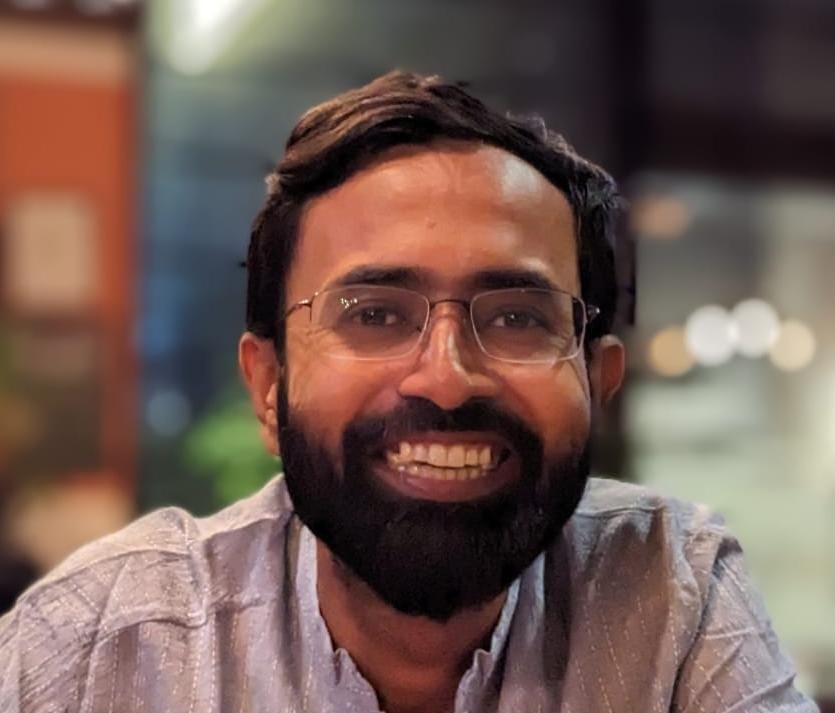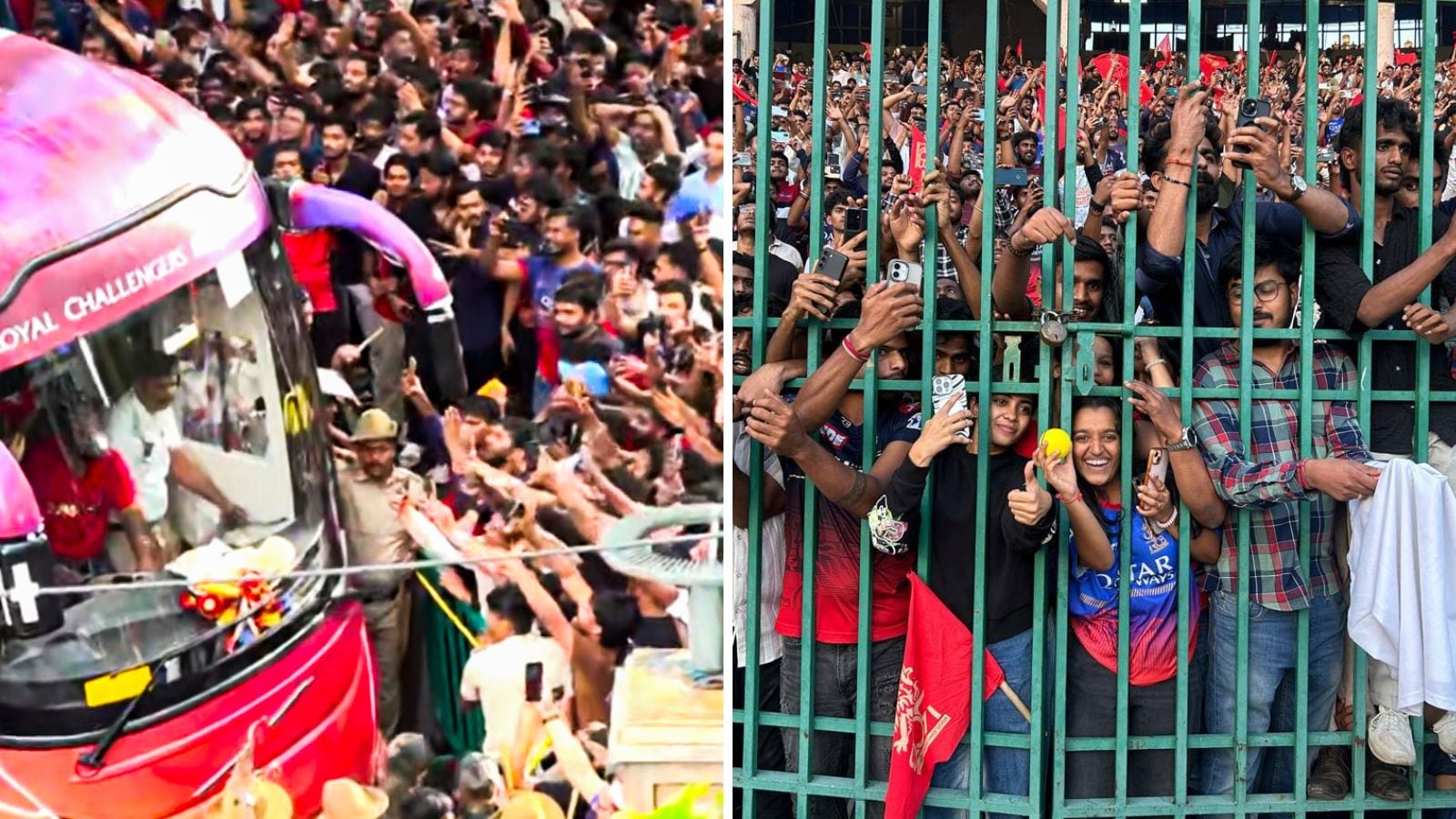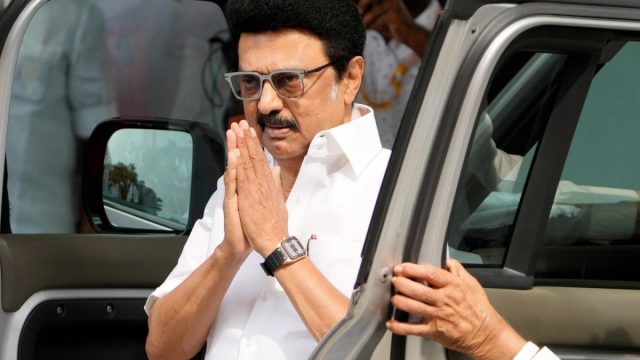Last Updated:
There is no major difference between the two stampedes except that the RCB event happened in a Congress-ruled state while the Mahakumbh one in a BJP-ruled state

Fans cheer as the bus carrying RCB cricketers arrive at the M. Chinnaswamy Stadium in Bengaluru on June 4. (AP/PTI)
Eighteen years is a long time. Even after tasting consecutive defeats at the Indian Premier League (IPL), Royal Challengers Bangalore (RCB) fans stood like a rock behind Team Virat Kohli, gifting a phrase “loyal as RCB fans” to the urban dictionary. So when the team tasted its maiden victory on June 3, emotions were bound to run high.
But the stampede that unfolded later during the celebration at the Bengaluru stadium, killing 11 and injuring 47, showed a clear absence of communication and apparent abdication of duty, almost to the extent of criminality, which the club has now been accused of in the First Information Report (FIR).
THE RCB BASH
A video of a man lying breathless, another man slapping him, while the accompanying women trying cardiopulmonary resuscitation (CPR) has gone viral. Visuals of a private security guard carrying a man on his shoulder or five volunteers carrying another person in haste as he was still breathing will haunt the nation. In a video, just before the stampede, loud cheering fans are seen gate crashing the stadium as the contingent of police personnel looks overwhelmed. To be fair, how can one expect police to man two-three lakh dopamine-charged fans crashing into a stadium that has the capacity of 35,000?
#WATCH | Bengaluru stampede | “Such incidents happened in many places; I am not going to defend it by comparing them and saying that it happened here and there… 50-60 people died in Kumbh Mela. I did not criticise. If Congress criticises, then that is a different matter. Did I… pic.twitter.com/pbvQZnO6Vm— ANI (@ANI) June 4, 2025
Here comes the interesting part. By the end of Wednesday, virtually everyone gave themselves a clean chit. The IPL chairman said the BCCI wasn’t aware of the Karnataka government’s decision to felicitate RCB. Karnataka DGP submitted a quick report to Chief Minister Siddaramaiah blaming fans, while in no time the CM preferred to indulge in whataboutery of Maha Kumbh, which too witnessed a similar stampede. “Such incidents happened in so many places. I am not going to defend this by comparing it with them now by saying it happened here and there. In Kumbh Mela, 50-60 people died, I didn’t criticise it,” he said.
Then Siddaramaiah added, probably remembering Congress’s harsh critique back then, “If Congress criticises, then that is a different matter. Did I or the Karnataka government criticise?”
At one go, eleven lives became a political prop. But should the CM alone share the burden of dragging politics into tragedy? Even before the clock hit 6pm, the Karnataka BJP shared four viral videos claiming the CM and the Deputy CM were “busy shooting reels & hogging limelight with cricketers” while fans died. A post on the handle said, “Blood is on the hands of the Congress govt”. Union Minister from Karnataka, Prahlad Joshi, was precise in his charge, “The Government is responsible for this and accountability needs to be fixed.”
Meanwhile, a day later, the Bengaluru police have registered an FIR against RCB, DNA Networks, Karnataka State Cricket Association and others over the Chinnaswamy Stadium stampede.
THE MAHAKUMBH STAMPEDE
On June 4, one visual stayed with me for a long time after the stampede was over. A small replica of the IPL trophy lay trampled amid hundreds of slippers in mud. A youngster, probably someone who idolises Kohli, came clutching it, sitting on top of his father’s shoulder. But had to leave it in time to flee.
Similarly, I remember a photo of a broken spectacle of a youngster left behind, trampled in mud on the night of January 30 this year at the Maha Kumbh Mela in Prayagraj. On the Mauni Amavasya, one of the most auspicious days for the holy dip at the Triveni Sangam, a massive crowd swell between 1 am and 2.30 am resulted in at least 30 deaths and over 60 injuries.
The stampede was triggered by an estimated 80-100 million devotees converging at the Sangam Nose, exacerbated by broken barricades and restricted access routes, leading to chaos and suffocation. Eyewitnesses reported devotees climbing over barricades and pushing, causing people to collapse.
Just like the RCB event, the Maha Kumbh stampede too raised concerns about mismanagement, inadequate infrastructure, and prioritisation of VIP movements, with calls for better crowd control measures like pre-registration and staggered timings.
Both tragedies are as real as it could get. They also bring out the exact same personal loss to which the political discourse remains largely unaffected. In Prayagraj, Karnataka’s Saroja witnessed the death of four members of her family; Babita, a resident of Shivkuti in Prayagraj, barely evaded death by minutes after jumping off the barricades.
There is no major difference between the two stampedes except that the first happened in a Congress-ruled state where Rajeev Shukla rushed to safeguard the government and the latter was in a BJP-ruled state where Ravi Shankar Prasad could smell a “conspiracy”, as he said in a Lok Sabha discussion on the issue on February 3. Sanjay Nishad, the Uttar Pradesh Fisheries Minister, had described the stampede as a “minor incident”.
#WATCH | BJP MP Ravi Shankar Prasad says “…Investigation is underway on the incident that took place in Maha Kumbh. We are getting the smell of a conspiracy from the investigation. When the entire investigation is done, the people who were behind the incident will have to bow… pic.twitter.com/32YkfRNkfa— ANI (@ANI) February 3, 2025
However, like Siddaramaiah, the BJP government in UP alone should not bear the burden of the Mahakumbh stampede. In what was seen as a highly irresponsible statement, Congress President Mallikarjun Kharge claimed during a parliamentary debate on February 3 that “thousands” had died in the Mahakumbh stampede. Days after the stampede, Jairam Ramesh accused the Uttar Pradesh government of hiding the true death toll.
In India, lives are compensated with an amount the administration deems fit. On February 16, in the national capital, 18 people died in an overcrowded New Delhi Railway Station during a stampede. On July 2, 2024, 121 died at a stampede at a Satsang in Uttar Pradesh’s Hathras. On the first day of the year in 2022, in Vaishno Devi, 12 people died due to a heavy influx of devotees that resulted in a stampede.
Most of these victims are forgotten and reduced to just statistics. Their significance is limited to the tragedy, but their usage depends upon which political outfit is ruling the state.

Anindya Banerjee, Associate Editor brings over fifteen years of journalistic courage to the forefront. With a keen focus on politics and policy, Anindya has garnered a wealth of experience, with deep throat in …Read More
Anindya Banerjee, Associate Editor brings over fifteen years of journalistic courage to the forefront. With a keen focus on politics and policy, Anindya has garnered a wealth of experience, with deep throat in … Read More
- First Published:





